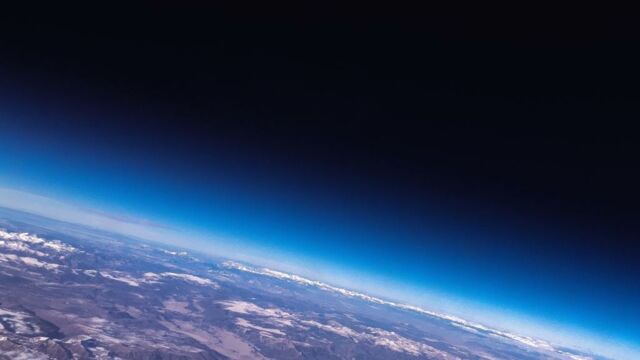The asteroid in question is known as 2001 FO32 and it is only one of countless near-Earth objects (NEOs) that gravitates around the sun, as the rest of the solar system does. It will be flying by Earth on March 21 2021.
Discover our latest podcast
Fastest traveling asteroid
According to NASA's Jet Propulsion Laboratory in California, this sun-orbiting asteroid measures between 2,526 feet and 5,577 feet in diameter and is said to fit within the requirements for an NEO to be considered 'potentially hazardous' by scientists. Not only does it tick the size box, but its orbit approaches the Earth's own path around the sun to within 4,6 million miles which is the other requirement necessary for NEOs to be deemed dangerous.
In most cases, NEOs are within 30 million miles of the Earth's orbit but 2001 FO32 is currently the fastest traveling asteroid in the asteroid belt at just 1.3 million miles away. But rest assured as scientists confirm that there are extremely little chances it would collide with our planet.
To give you an idea of relative distance, the distance around Earth at the Equator is just a little under 25,000 miles so even as the closest known asteroid to our planet's orbit it is still incredibly far away.
NEOs are essential in order to find out more about the Earth
NASA defines potentially hazardous asteroids as:
Those based on parameters that measure the asteroid's potential to make threatening close approaches to the Earth. Specifically, all asteroids with a minimum orbit intersection distance (MOID) of 0.05 au or less are considered PHAs. Occasionally, asteroids' orbital paths are influenced by the gravitational tug of planets, which cause their paths to alter.
NASA disclosed that there are around 25,000 identified NEOs and over 2,100 of them are deemed 'potentially hazardous'. Many of these NEOs are tracked for decades to study their orbital evolution throughout time. They're analysis is essential in knowing more about the formation of our own planet as, according to NASA:
Scientists believe stray asteroids or fragments from earlier collisions have slammed into Earth in the past, playing a major role in the evolution of our planet.















